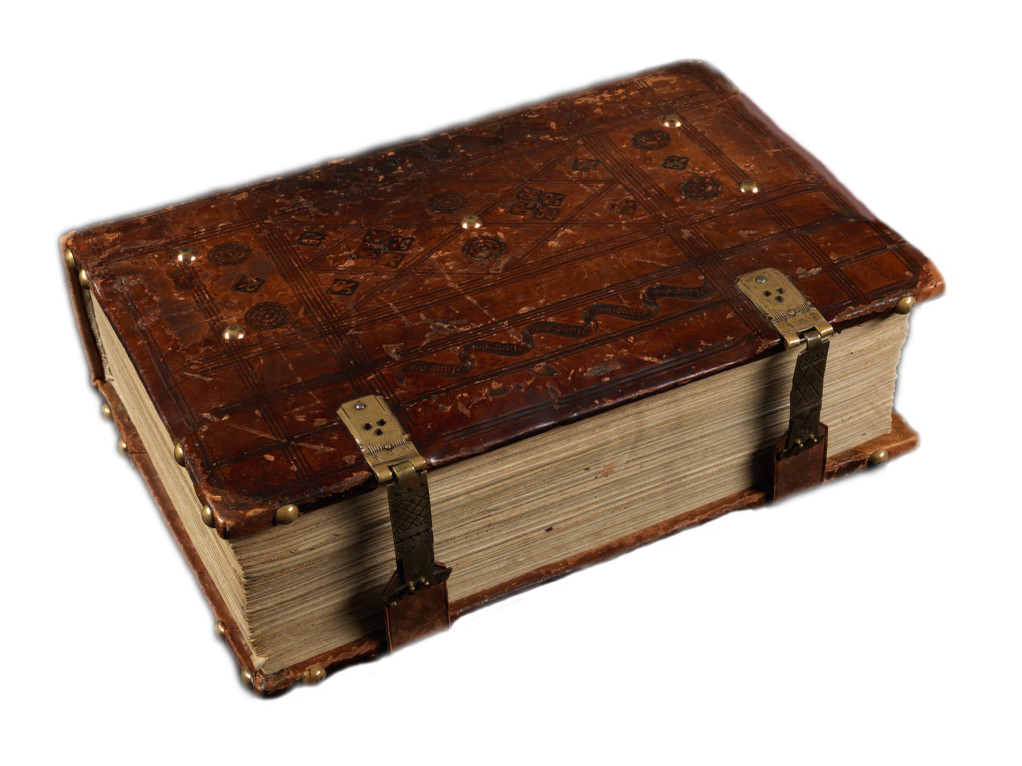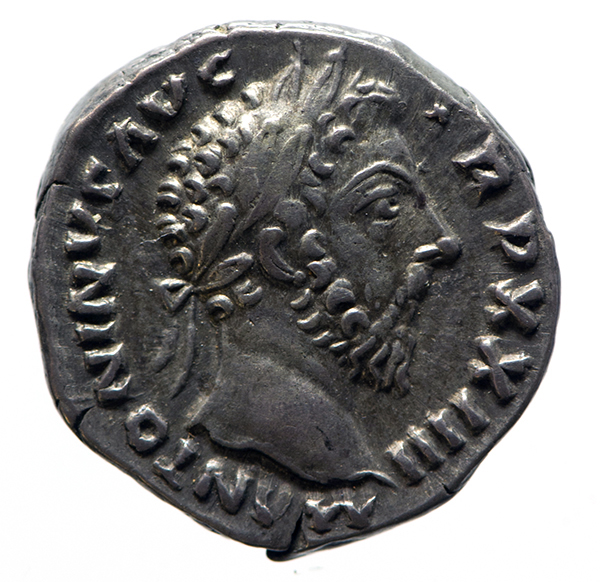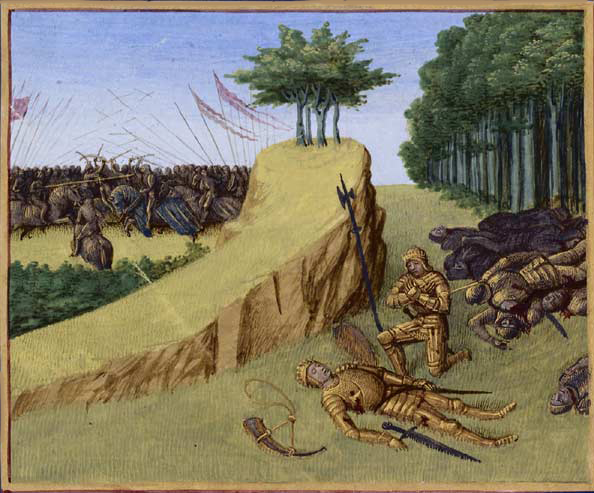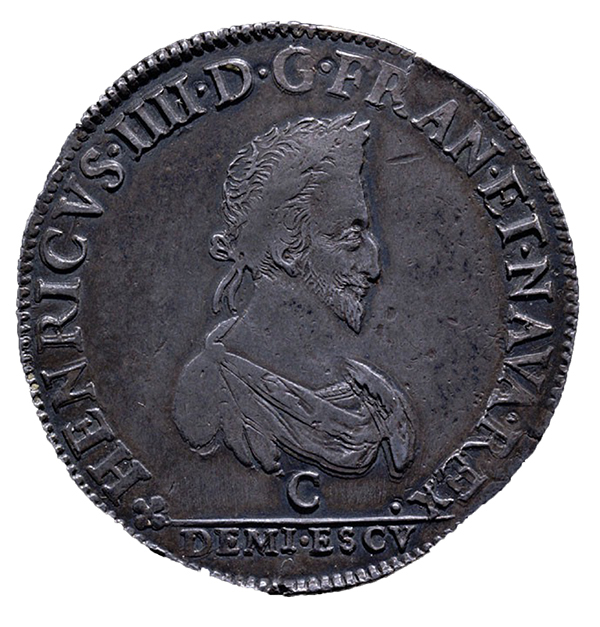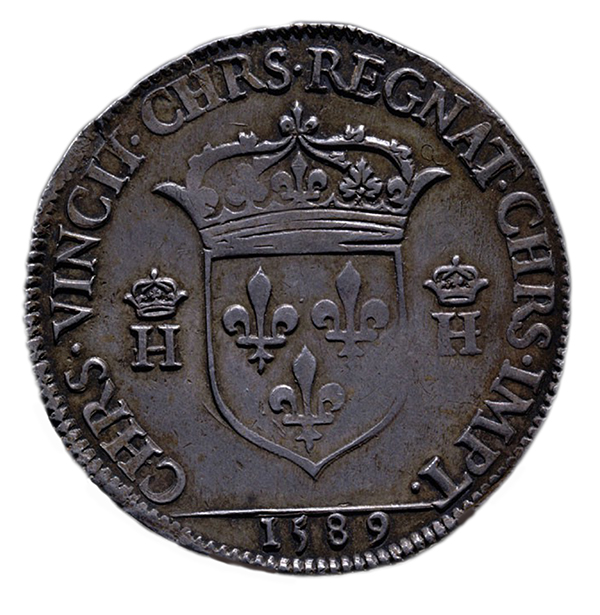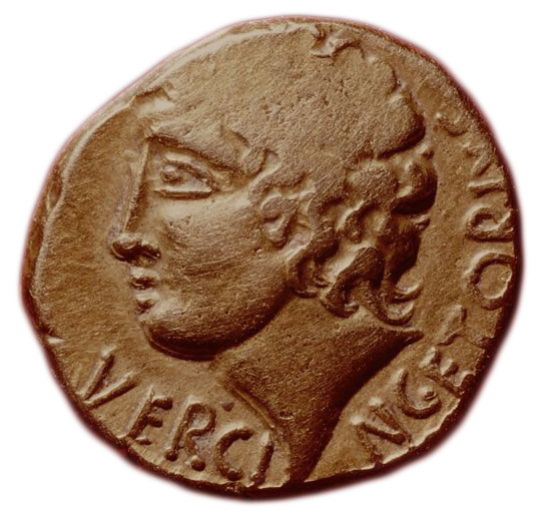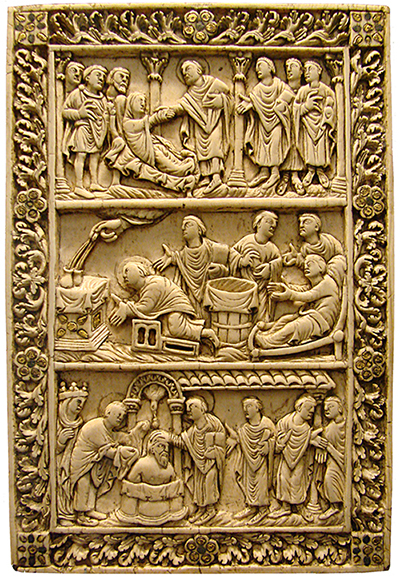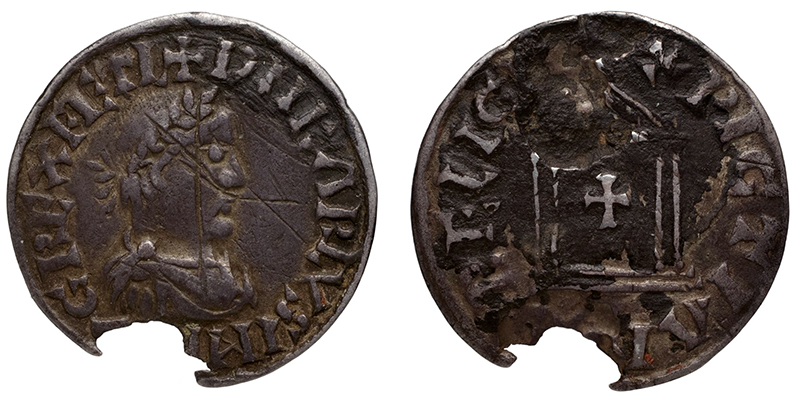— The Scriptorium —
Guildwater News Archive
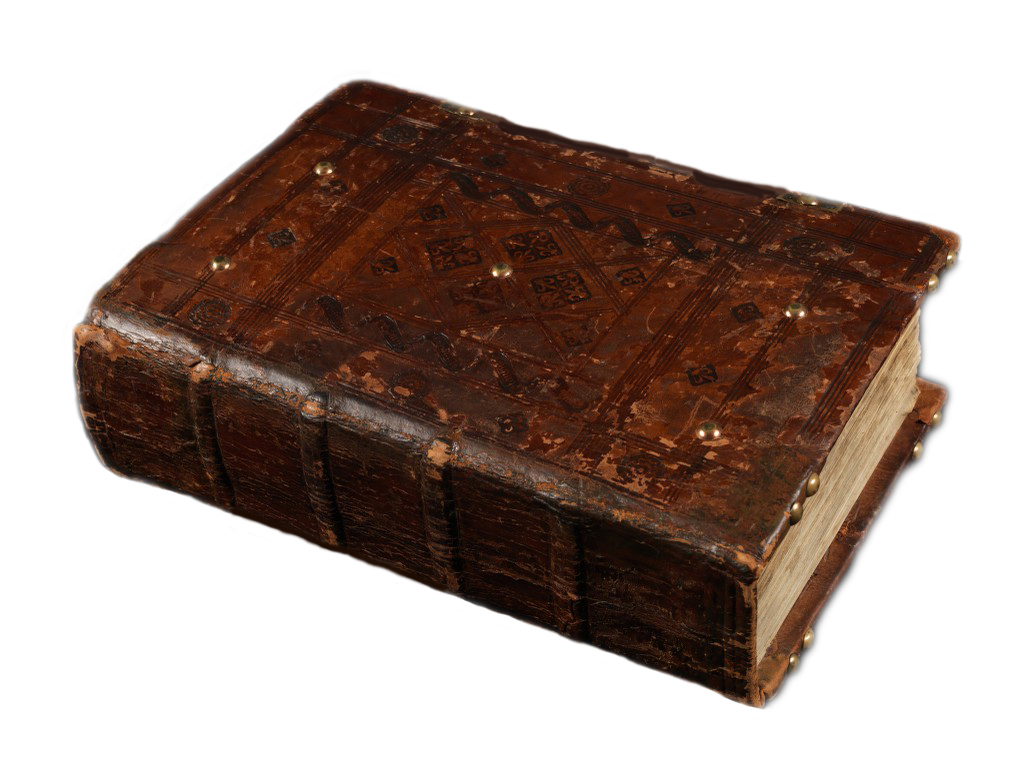
THAYER SARRANO
(San Sebastián, Spain)
(San Sebastián / Donostiako, Spain)
October 08, 2016 (Saturday) - Thayer Sarrano travels to San Sebastián in the autonomous Basque region of Spain. In the Basque language, the name of the city is Donostia. Thayer performs at the Gazteszena, with Ted Kuhn (bass) and Jason Nazary (drums). This show is part of a local festival -- Donostia Festibala. Thayer Sarrano. last traveled to Spain in February of 2015 where she performed in support of Orenda Fink for a series of six concerts, including a stopover in neighboring Portugal. San Sebastián overlooks the Bay of Biscay, and is situated within larger Spain, as a territory recognized as the Basque Autonomous Community since the 1970s. Spain extends the same status of autonomous nationality to the neighboring region of Navarre, with its sizable Basque population. Both the Spanish and Basque language are co-official to the Basque Autonomous Community. The Basque tongue, like Hungarian, does not derive from the broader Indo-European language family. Despite the evident antiquity of the people and culture, Basque nationalism is a more recent phenomenon of the nineteenth and twentieth centuries. Rather than issues of nationalism, we Guildwater Scriveners prefer to draw attention to certain historical developments, developments that will tie together several loose ends from our previous chronicles of the Tour Europa of dream grunge ambassadress Thayer Sarrano, while also explaining some of the complexities relating to the Basque people.
(Source: Yorkshire Museum)
The Romans first arrived as a political force in the larger Iberian Peninsula in the late 3rd century BC. Curiously, it was only late in the 1st century BC that the more northern and northwestern regions of the peninsula were finally integrated into the empire. The families of several Roman emperors derived from Hispania, indicating how thorough-going the incorporation came to be -- for example, Trajan, Hadrian, and Marcus Aurelius. With the collapse of Rome in the fifth century, the areas now known as the Basque regions continued to develop along a pathway divergent from its more southern and northern neighbors. The Basque territories were on the fringes of the northern kingdom of the Carolingian Franks of the late 700s. Even prior to his coronation as Holy Roman Emperor in 800, Charlemagne regularly crossed the Pyrenees, attempting militarily to extend his authority southward. His rule was always contested. The Battle of Roncevaux (778) is surely the most renowned encounter. Charlemagne fought a Basque contingent here, and lost. The conflict became the source of both French and Italian literature in later centuries, the very pulp of legend -- The Song of Roland, and Orlando Furioso. Adding more layers of complexity and confusion is that in both those epic poems the Basques were replaced by Muslim characters. With this in mind, you can perhaps better understand why we Scribes threw down our quills several times in surrender, trying to complete this write-up, thinking that it would be much easier to upload a picture of some kittens playing with a ball of yarn, and a caption that read: "Thayer Sarrano! Live Tonight in San Sebastián!" But we are just getting warmed up. And we'll save that one for Madison Square Garden.
Islam arrived in the southern Iberian Peninsula in the early 700s, which the Muslim Moors called Al-Andalus. Yet, once again, the regions of the Basques were largely untouched. In fact, the small northern kingdoms that emerged would eventually serve as a staging ground for the Reconquista – or re-conquest of Spain. The Muslims were expelled in 1492. It was then that the last Moorish outpost in Granada fell. This was the same era in which the kingdoms of Aragon and Castile were fused together through, the marriage of Ferdinand and Isabella. There was thus a period of some seven intervening centuries when the regions of the Basques were neither incorporated into the Islamic states on their southern borders, nor yet full participants within the mainstream of Christian Europe to the north. Geography further complicated these developments. Culturally, there were (and are) Basque bastions to the north, within France, not just south, of the Pyrenees, in Spain. As if that weren’t enough, English monarchs – Angevins of the House of Plantagenet marrying into the French Capetian royal dynasty via Aquitaine in southwestern France – came to rule the formerly French Basques regions in the early twelfth century. This English foothold on the continent grew to be a source of enormous contention -- the 100 Years' War (1337-1453). In that conflict, the English and French fought to decide where England ended and France began – or perhaps vice-versa – they weren’t quite sure. It took a pious peasant girl named Joan of Arc from Lorraine to finally expel the English from France and Aquitaine.
(Source: Bibliothèque nationale de France)
The expulsion of the English from mainland France, save the port city of Calais on the Channel, left a small independent kingdom of Navarre straddling ever so slightly the Pyrenees Mountains near Aquitaine. The Spanish crown claimed southern Navarre in 1515. But an even smaller northern French-Basque kingdom of Navarre remained. The Valois, who succeed the Capetians, married into the kingdom of Navarre, with the unexpected result that a king of Navarre inherited the crown of France. It wasn’t supposed to be this way. Yet it was Henri of Navarre who then incorporated northern Navarre into French royal domains. Henri IV (r. 1589-1610) was the first ruler of the new Bourbon dynasty. Raised as a Protestant, Henri managed to survive some of the most harrowing periods of the French Wars of Religion. He himself converted back and forth between Protestantism and Catholicism several times. Despite settling finally on Catholicism, Henri issued the Edict of Nantes (1598), which granted religious toleration and political protection to Protestants. For this, Henri was stabbed to death, in his royal carriage, in a traffic jam, in Paris, by an overzealous Catholic, named François Ravaillac.
(Source: Bibliothèque nationale de France)
We Guildwater Scribes don't quite know how we got to this point. Much less how we might extricate ourselves, and wrap it all up. So we will just note that Henri IV was assassinated on the rue de la Ferronnerie in Paris. A slab of ornate stone marks the sad spot – Henri was a good king – in the district of Les Halles. Then, suddenly, half a millennium later, the Tour Europa of Thayer Sarrano arrived in these very environs. Several blocks away from the rue de la Ferronnerie, Thayer plays the Pop In (as in Popincourt -- act like you know). The performance is on Tuesday, October 11th. The venue is on the rue Amelot. In terms of walking distance, it wouldn’t be all that difficult for you to pay your respects to Henri’s passing, and yet still make it in time to catch Thayer's show – and that's even if you make the very good mistake of crossing through The Marais ("The Swamp"), which separates the two locales. You are sure to get thoroughly and happily lost in that tangle of medieval streets. Take a compass. Once lost, you might then find yourself hungry. In such case, we would counsel that you stop by the L'As du Fallafel on the rue des Rosiers in the Jewish Quarter of the Marais. As they hand you a delicious pita-wrapped falafel sandwich, take note of the photographs of patron Lenny Kravitz on the wall, and tell the cashier that the Basques sent you and, by the way, long live Henri of Navarre. (“C’est les Basques qui m’ont envoyé. Vive Henri de Navarre!”) They’ll understand.

THAYER SARRANO
(Toulouse, France)
October 07, 2016 (Friday) - Thayer Sarrano visits Toulouse, the second of three French dates in her European Tour. She performs La Candela, with Ted Kuhn (bass) and Jason Nazary (drums). Thayer Sarrano last appeared at this venue on June 16th, 2015. Those were pre-Shaky release days, qualifying as near time-immemorial for us Guildwater Scribes. That previous event therefore does not figure among our parchments, we are sad to say. It is the stuff of true myth, true legend. Toulouse is located in the department of Haut-Garonne, in the southwest of France, not very far from the Pyrenees. The distance from Thayer's last show in Basel, Switzerland to Toulouse was about 581 miles, or some 8 hours and 46 minutes of driving -- sans embouteillages. In the days of yore, before the Tour Europa of Thayer Sarrano began, the Romans, in the second century B.C., settled these areas from their Mediterranean port colony of Narbonne. Rome then, in the first century B.C., conquered the territories of broader Gaul. From the perspective of Roman historians, through which we must view the early Gallic tribes of these regions, Gaul encompassed what is now, roughly speaking, France, Belgium, the Netherlands, Switzerland, parts of western Germany, and portions of northern Spain. Gaul was a loose conglomeration of tribes or small kingdoms, ultimately defeated by Julius Caesar. The Romans encountered staunch resistance from Vercingétorix, a Gallic chieftain or king, who ruled from what is now Auvergne. Vercingétorix was victorious at Gergovie, but Caesar conquered at Alésia in 52 B.C. The precise location of Alésia is unknown, perhaps Alise-Sainte-Reine. Until archaeological excavations offer more clarity, you can always visit the métro stop of that name in Paris. Vercingétorix and the vanquished Gauls are now the stuff of modern French national identity, including everything from heroic statues, to comic books, and even cigarettes (Gauloises). After this Roman conquest, and upon the Christianization of Rome, much later in the 300s, Toulouse became the seat of a bishopric within the early Catholic church. It evolved into an archbishopric over time, and remains so today.
(Source: Bibliothèque nationale de France)
With the collapse of the Roman Empire in the fifth century, it was first the Vandals, a Germanic tribe, who decimated the city of Toulouse. Next it was the Visigoths who established a Germanic kingdom in these southwestern regions. Toulouse was their capital. The Visigothic kingdom encompassed large portions of central, mid-western, and southwestern France. Their authority extended down into the Iberian Peninsula as well. More enduring was the rise of the Franks, another Germanic tribe, who established a small but growing political base in the northern portions of what is now modern France. One important Frankish king of the Merovingian dynasty was Clovis, who converted to Christianity and was baptized in the late 400s / early 500s. (The precise date is unknown. This is, after all the "dark ages.") The Visigoths had themselves also previously converted from their pagan gods, but to a variant of Christianity known as Arianism, possessing views about the nature of the Trinity deemed heretical by the Council of Nicaea (325). In contrast, Clovis had converted to the accepted orthodox Catholic doctrines regarding the Trinity, so much as we can understand (from historical documents) what he understood about his newfound religion, if much at all. The key is that henceforth Clovis and the Franks were in the good graces of the popes of Rome, and were encouraged to defeat those holding heretical views – such as the Visigoths. At the Battle of Vouillé (507), some 260 miles north of Toulouse, Clovis was victorious. The following year the Visigothic capital of Toulouse fell to the Merovingian Franks. The outlying regions were incorporated into the growing northern kingdom. Besides their conversion to Christianity, the Franks bequeathed their very name to the territories they ruled -- France. Apparently as well, if you repeat the name Clovis to yourself for a few hundred years, the pronunciation turns eventually into Louis -- as in Louis the Pious, Louis IX (a.k.a. St. Louis), and Louis XIV. Our Guildwater Laboratories are currently conducting an experiment to see if this slip of the tongue is a development reproducible in a controlled scientific environment. We should have the results back from our Bunsen Burners by the year 2256.
Following Germanic custom, with an absence of primogeniture -- meaning territories were not inherited by a king's eldest son, but rather divided among male family members -- the Merovingian kingdom tended towards infighting and disintegration over the years. Clovis, for example, divided his territories among his four sons. Such practice fueled rivalry as much as it encouraged cooperation. The later Merovingian monarchs, either rightly or wrongly, have been judged by history as the "Do-Nothing Kings." They generally left the day-to-day affairs of state to their majordomo -- or the "Mayor of the Palace." One able bureaucrat-turned-warrior was Charles Martel -- or Charles the Hammer. He was the Mayor of the Palace of Neustria, a Merovingian province, which included, for simplicity's sake, what is now northwestern France, and portions of modern Germany. Martel became the true authority in France, and the founder of the dynasty that would replace the Merovingians -- the Carolingians. Pepin the Short, the son of Charles Martel, would rule as king in 751. Prior to that, Martel had to contend with Muslim invaders in the south, in the areas around Toulouse. Forming in the early 600s as a new religion under Muḥammad ibn `Abd Allāh in the Arabian Peninsula converts to the new faith of Islam swept out across North Africa. They crossed the Straits of Gibraltar, and conquered the Iberian Peninsula. They crossed the Pyrenees, and were only thwarted in the Frankish kingdom at two important encounters. The first was the Battle of Toulouse (721), where the Arab invaders were initially defeated. The Muslims regrouped in Spain, and next attempted another crossing of the Pyrenees. They were met in 732 at the Battle of Tours (or Poitiers -- the battleground was probably somewhere between those two cities). This time, Charles Martel himself actually took to the field. Like Vouillé, this battle was a considerable distance from Toulouse itself, but, as before too, the victory possessed far-reaching consequences for the city, the future of France, and, arguably, Europe itself. The grandson of Charles Martel was Charlemagne, who was coronated as the Holy Roman Emperor in the year 800 by Pope Leo III. Together his kingdom fused together three essential ingredients for the foundation of early Europe: Greco-Roman culture, the Christian religion, and Germanic culture. Charlemagne like Clovis before him was a Frank. Charlemagne's capital was in the north, at Aachen (Aix-la-Chapelle), which is now in modern Germany. Prior to his coronation, Charlemagne established the Kingdom of Aquitaine, including Toulouse, in southwestern France, which he entrusted to one of his sons. When the Viking invasions of the ninth and tenth centuries fractured the Carolingian Empire, the borders of these regions were erased and redrawn once more. Lasting until the late 13th century, the counts of Toulouse, under the Rouergue family, able crusaders, became the rulers of the city and its outlying regions.

(Source: Bibliothèque nationale de France)
— Guildwater Archive —
